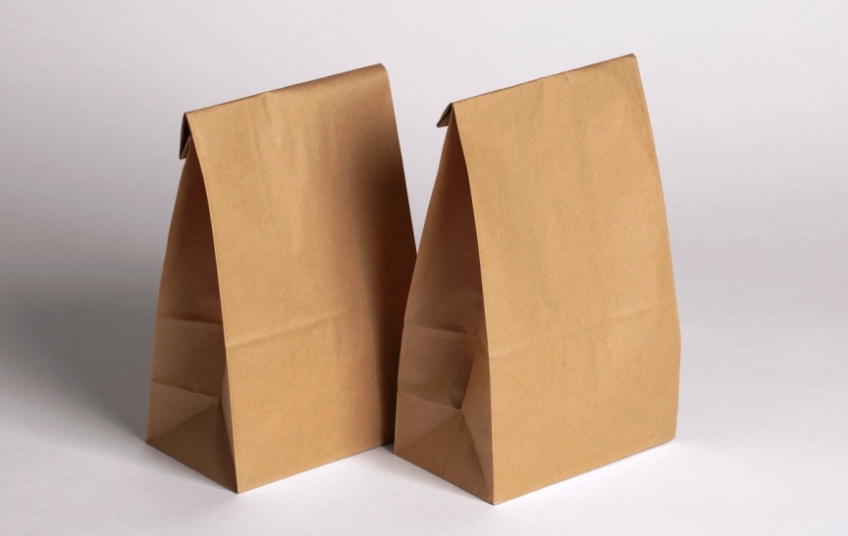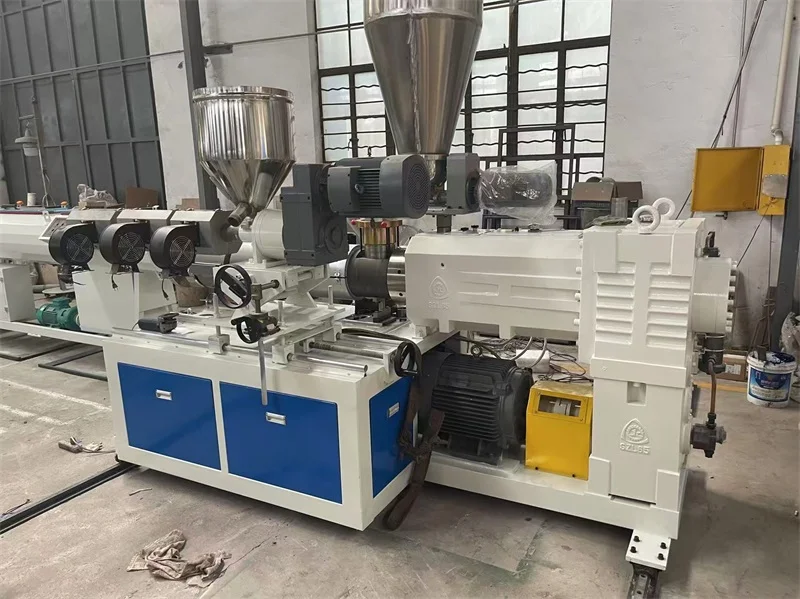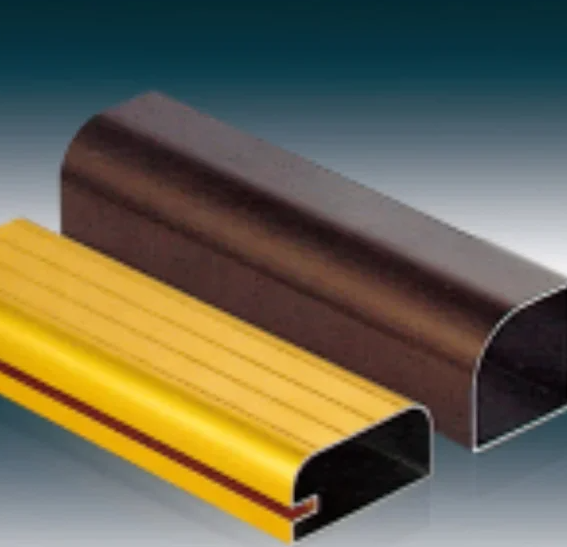
Paper, an essential medium for communication and documentation, has been an integral part of human civilization for centuries. Despite the digital revolution, paper continues to hold its ground as a versatile material. In this blog post, we will delve into the three key characteristics of paper, shedding light on its unique properties and exploring its significance in various industries.
- Versatility:
One of the most remarkable characteristics of paper is its versatility. Paper can be manufactured in different weights, sizes, and textures, making it suitable for a wide range of applications. From lightweight newsprint to heavy-duty cardboard, paper can be tailored to meet specific requirements. This adaptability allows paper to be used in industries such as publishing, packaging, printing, and stationery. Its versatility also extends to artistic endeavors, where paper serves as a canvas for creative expression. - Sustainability:
In an era of increasing environmental consciousness, the sustainability of materials has become a paramount concern. Paper, when sourced responsibly and produced using eco-friendly practices, is an inherently sustainable material. It is made from renewable resources such as wood pulp, which can be harvested from responsibly managed forests. Additionally, paper is biodegradable and recyclable, reducing its impact on landfills. The paper industry has made significant strides in adopting sustainable practices, including the use of recycled fibers and reducing water and energy consumption during production. - Functionality:
Beyond its physical properties, paper offers a range of functional characteristics that contribute to its widespread use. Paper can be easily written on, printed, folded, and cut, making it an ideal medium for communication and documentation. Its absorbency allows for efficient ink and pigment retention, ensuring clear and vibrant prints. Moreover, paper can be coated or treated to enhance its durability, water resistance, and printability, expanding its applications in industries such as packaging, labeling, and graphic design.
Conclusion:
In conclusion, paper possesses three key characteristics that make it a versatile and indispensable material in various industries. Its versatility allows for customization and adaptation to specific needs, while its sustainability aligns with the growing demand for eco-friendly alternatives. The functional properties of paper enable efficient communication and provide a canvas for creativity. As we embrace the digital age, it is important to recognize and appreciate the enduring qualities of paper that continue to make it an essential part of our lives.




